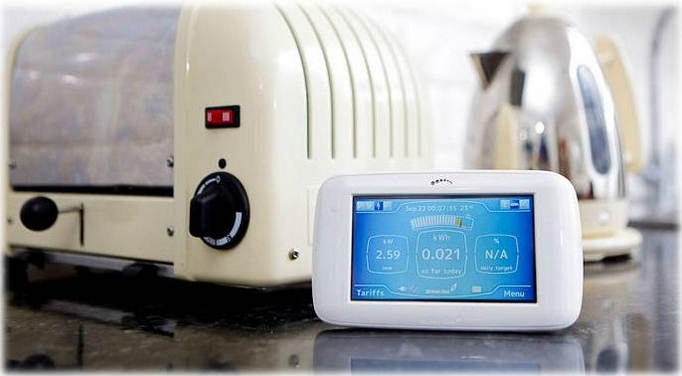It is not easy to find a definition for Smart Grid that summarizes every objective, topic and technology included under this concept. Searching and surfing the web, one can find long and detailed descriptions including many of the Smart Grids related topics, or other very brief and simple that are only focused in the points that the author of the definition is interested in. It is out of the scope of this post to deeply analyze those definitions, so assuming the risk of being too simple in our description; we can say that a Smart Grid should include at least these four topics:
– Distributed generation: improving grid management when a great number of small and medium power sources are present in the grid and when renewable sources have an increasing weight in the generation system.
– Demand response: allowing final users, specially domestic users, to make decisions about changing their consumption habits thanks to the information that they could receive about energy price or because they can use local generation or storing systems to support their own demand.
– ICT: for data acquisition and management in the different grid levels, from users to generation systems and including transformation centres.
– Reliability: using data and information acquired from the grid to improve management strategies and also maintenance politics of every element in the grid, including predictive maintenance what guarantee an increase in the reliability of the whole grid.

If the Smart Grid becomes true in every level of the electric system, there will be a great number of benefits for the different actors in the grid, for example:
– To increase the capacity of using renewable power sources at user and global level
– To reduce of the electricity bill for the users as they have enough information to shift their demand to the hours of the day when the electricity cost is cheaper.
– To increase the capacity of the distribution system operator for generation and demand balancing
– To ease the maintenance of the equipment installed in the grid extending their life and avoiding unexpected faults, with the logic economic and management benefits for the distribution system operator
To achieve these goals it is needed to develop or deploy the suitable technology for every challenge, knowing that many of these technologies are already available. These technologies must be focused mainly on three topics:
– Power sources: including renewable power sources and batteries of different scale and power rates. These will allow a better use of the available energy in every site and for every user.
– Equipment and devices for grid operation: including smart meters, remote operated devices and drives, smart appliances… To help accessing the grid data and information and also for a quick and remote operation of the devices that will deploy the management decisions in the grid.
– Decision support systems, to help in the generation and demand balancing taking into account the different objectives that must be satisfied in the grid.
But it would be a big mistake to think that a grid will become smart when all these technologies are available or that these technologies will introduce the intelligence in the grid automatically. As an example we can notice that in Spain , the company Iberdrola has installed a smart meter to a 76% of its clients but it is difficult to find someone that has changed his electricity consumption habits thanks to the information that they can obtain from that devices. Even though when this could imply to reduce the cost of their monthly bill.
Without any doubt, we will deploy really smart grids only when everyone involved in the generation, demand, design, tools deployment or grid management could be part of a smart network of people working together for the same goal.

This imply not only to be smart for developing the best tools and technologies needed in every application, but also to be smart in selecting the final goals that we want to obtain. In this sense we can call “smart grid” that network in which everyone share the same sustainability objectives, environment care and optimal exploitation of available renewable power resources. Of course that economic profit is also needed to mobilize the required investment and involve many of the actors, but if this is the only goal in the short-term probably will not able to build a really smart grid. In our opinion, a smart grid will be the one in which:
– the users understand that participating in demand response strategies not only reduce their electricity bill, but also will contribute to build a system where renewable resources could be better exploited. In this way they could offer their flexibility in energy demand even though when their economic benefit could not be high, but they will be contributing to the environmental care.
– the distribution system operator assume that their investment in the grid besides the economic profit should also search for a social and environmental benefit even though when the economic one could be limited.
– the government facilitate the use of those technologies that increase the energy independence of the domestic users and that allow to take advantage of all the available renewable resources.
To sum up, a smart grid will be the one in which the common benefit of the society in the mid and long term is the main goal of every decision, either in the strategic ones made by humans or in the automatic ones made by the smart devices during the grid management. Because the intelligence is not only in the developed knowledge but mainly in the way we use it.
- Why is smart the Smart Grid? - 18 November 2016
